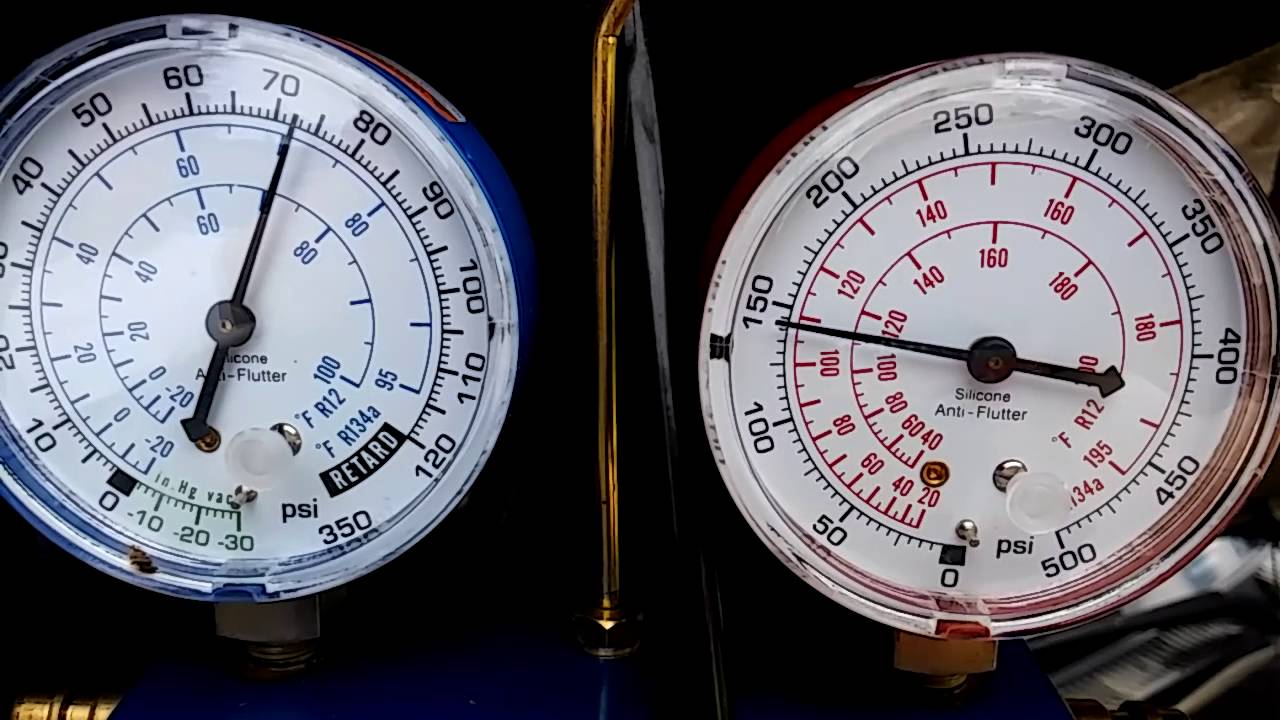About Honda Civic
The Honda Civic is a line of compact cars manufactured by Honda. Originally a subcompact, the Civic has gone through several generational changes, become both larger and more upmarket. The first Civic was introduced in July 1972 as a two-door model followed by a three-door hatchback that September. With an 1169 cc transverse engine and front-wheel drive like the British Mini, the car provided good interior space despite overall small dimensions Initially gaining a reputation for being fuel-efficient, reliable, and environmentally friendly, later iterations have become known for performance and sportiness, especially the Civic Type R, Civic VTi, Civic GTi and Civic SiR/Si
The Civic has been repeatedly re-badged for international markets, and served as the basis for the Honda CR-X, the Honda CR-X del Sol, the Honda Concerto, the first generation Honda Prelude, the Honda Civic Shuttle (later to become the Honda Orthia), and the Honda CR-V.
As of 2006, a total of 16.5 million Civics had been sold worldwide. With 7.3 million bought in the United States it has been a top seller both there and in Canada, where it had placed #1 for 14 years through 2012
In Japan, as customers increasingly shifted to minivans and compact cars like Honda Fit, production of non-hybrid Civic ended in August 2010 when it no longer complied with Japanese Government dimension regulations in the width category. However, production of Civic and Civic hybrid for export markets continued. On April 1st 2015 at the New York Auto Show Honda unveiled a completely redesigned Civic. In 2014 Honda sold 326,000 Civics in the United States In 2014 the Civic was the best selling car in Canada.
As Honda’s best-known and best-loved car line, the 2010 Civic Sedan and Coupe continue to set the bar in the compact-car arena. Long considered the standard by which all other compacts are measured, the Civic is able to lure buyers thanks to its impressive fuel economy, unrivaled reliability and repair history and class-leading resale values. Once considered the Civic’s only weak point, exterior styling is now one of the car’s most appealing attributes. With its sharply raked windshield and low profile, the sleek Civic Coupe looks like nothing else on the road. The car’s appeal to younger drivers has put Honda back into the good graces of the tuner and after market crowd.
We drove the Civic in both Coupe and Sedan form and found them both notable for what you don’t hear or feel – the ride is smooth and quiet, while cornering and acceleration are easy and nearly effortless. The whole experience is more in line with what you’d expect from a bigger or pricier vehicle. The refined 140-horsepower engine never overwhelms you with power, but even when you run the tachometer up to its redline you don’t feel like you’re bullying the car. The Coupe version gets a slightly sportier suspension to go with its decidedly sportier posture, but we found it to be still comfortable after hour-plus drives. Whether you’re in the driver’s seat or one of the Civic’s other seating positions, the 2010 Honda Civic is a perfectly enjoyable way to travel.
Looking for a Japanese used car with great condition? Start here >>
Favorite Features
Audio Options
Listen to MP3s on CD. Listen to MP3s on a memory card. Listen to MP3s on an iPod. Listen to XM Satellite Radio. Listen through a 350-watt system with a subwoofer (Coupe only). When you’re feeling nostalgic, you can even listen to AM and FM radio broadcasts.
Two-Tier Instrument Panel
While some non-traditional instrument panel layouts come across as gimmicky, the Civic’s two-tier execution seems to make all the sense in the world.
Get access to 20,000 Japanese used cars with discount 90% MAX >> Start here
2010 Honda Civic Details
Interior
In addition to offering more in-cabin technology than we’ve come to expect, the 2010 Honda Civic also features the most visually futuristic interior of any non-hybrid vehicle on the market. Take a seat behind the wheel and your first impression is dominated by a uniquely sculpted steering wheel and an unconventional two-tier instrument panel. Technological highlights include an available navigation system and a broad array of digital audio options, although the standard audio system itself could make due with some more power. Third, fourth and fifth passengers would be happier in the Sedan’s backseat than in the Coupe’s, because the Sedan features about four more inches of legroom and two more inches of headroom than the cozy Coupe. The fit, finish and design found inside the Civic are first-rate.
Although the 2010 Honda Civic Coupe and Sedan are both distinguished by a low-profile front end, short hood and long, laid-back windshield, the two models have never been more different. The taller Sedan rides on a longer wheelbase than the sleeker, sportier Coupe that also includes a decklid spoiler as standard equipment. Small gaps between the tires and body contribute to each model having a stance with better proportions and more balance. Beneath the sheet metal, the Civic features an advanced body structure designed to better absorb and distribute collision forces, especially in impacts involving taller sport utility vehicles and the like.
Buy used car directly from Japan >> Check our stocks list
Notable Equipment
Standard Equipment
Notable standard equipment on the base Civic Sedan and Coupe models includes power windows, a four-way adjustable steering column, height-adjustable driver’s seat, fold-down rear seatback and an impressive list of safety equipment such as front, front-side and side-curtain airbags, active head restraints, anti-lock brakes (ABS) and more. The DX-VP adds to the base DX trim an AM/FM/CD stereo and air conditioning, but still lacks power locks/mirrors.
Bridging the gap between the 197-horsepower high-output engine in the Civic Si and the 45-miles per gallon powerplant in the Civic Hybrid, the Civic Sedan and Coupe feature a 140-horsepower unit that delivers impressive city/highway mileage of up to 25/36-miles per gallon. A five-speed manual is standard, but a five-speed automatic mitigates the performance penalty normally associated with combining a small four-cylinder engine and an automatic transmission. Performance fans who can’t work a manual gearbox are shut out of the Si, as no automatic is offered.
1.8-liter in-line 4
140 horsepower @ 6300 rpm
128 lb.-ft. of torque @ 4300 rpm
EPA city/highway fuel economy: 26/34 (manual), 25/36 (automatic)
While the Civic is sold in largely the same form worldwide, differences in the name of the models exist between markets. In Japan, the hatchback Civic is just called “Civic” while the sedan model was called the (Japanese: Civic Ferio) during the fifth to seventh generations
Get access to 20,000 Japanese used cars with discount 90% MAX >> Start here














